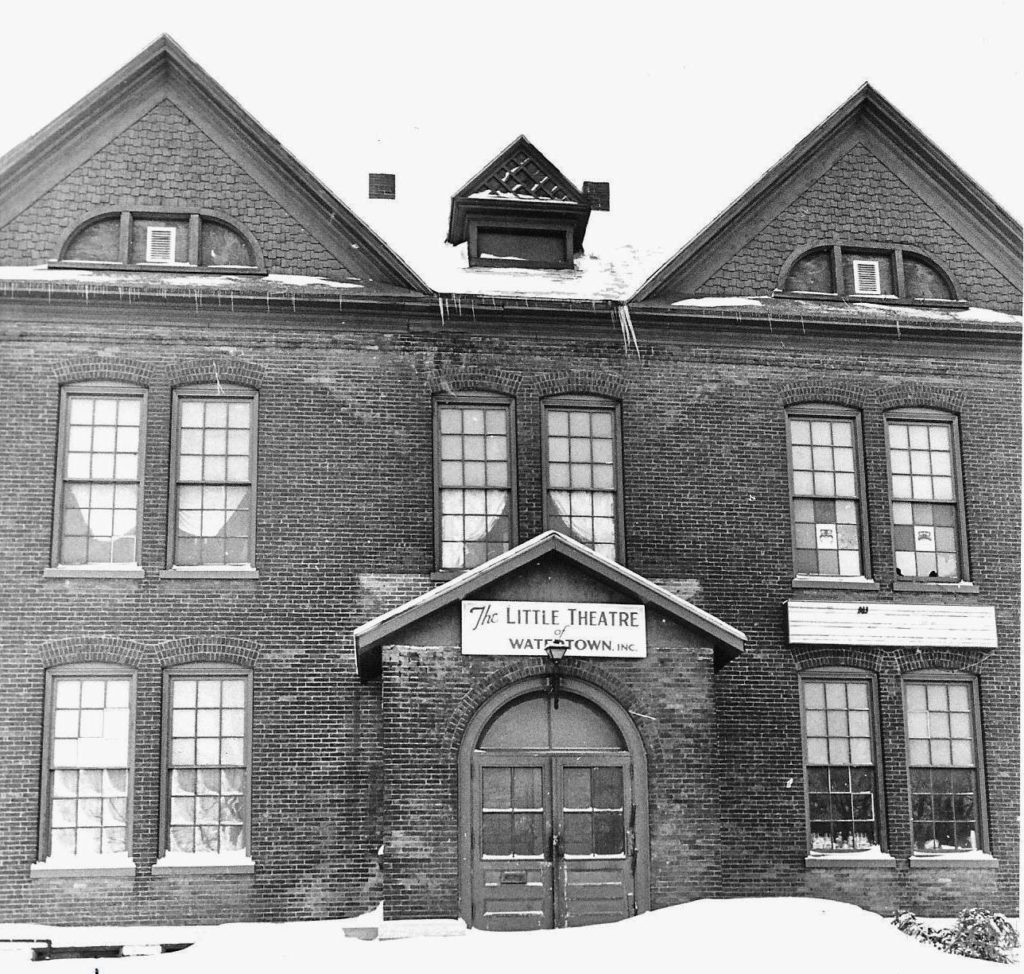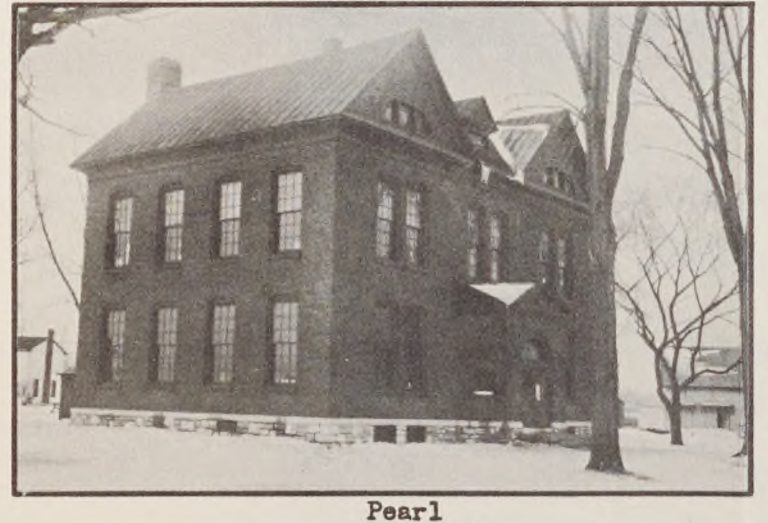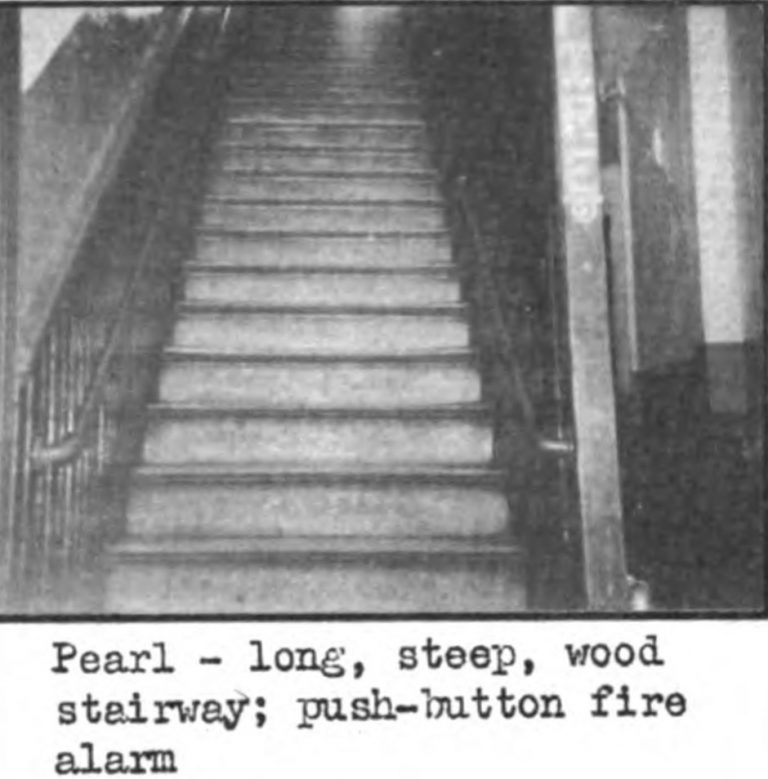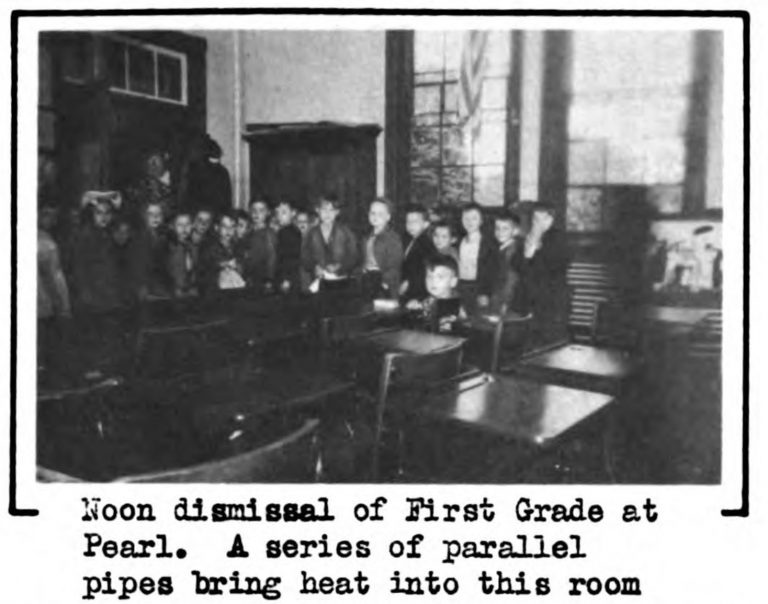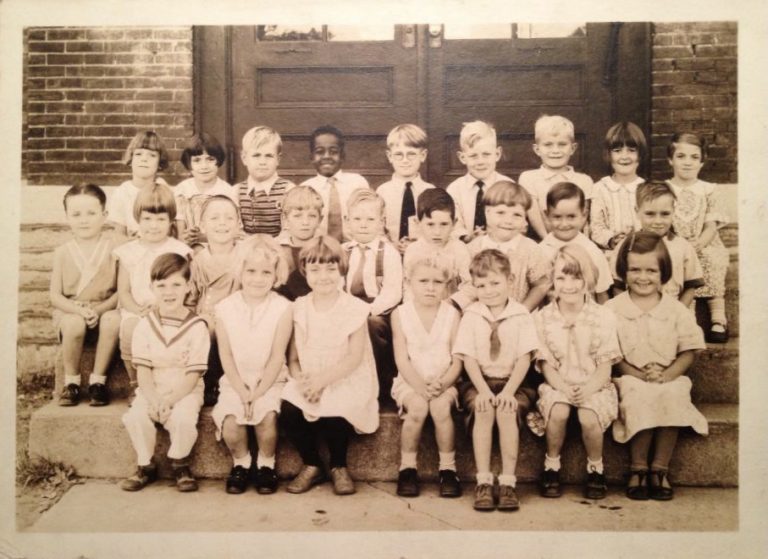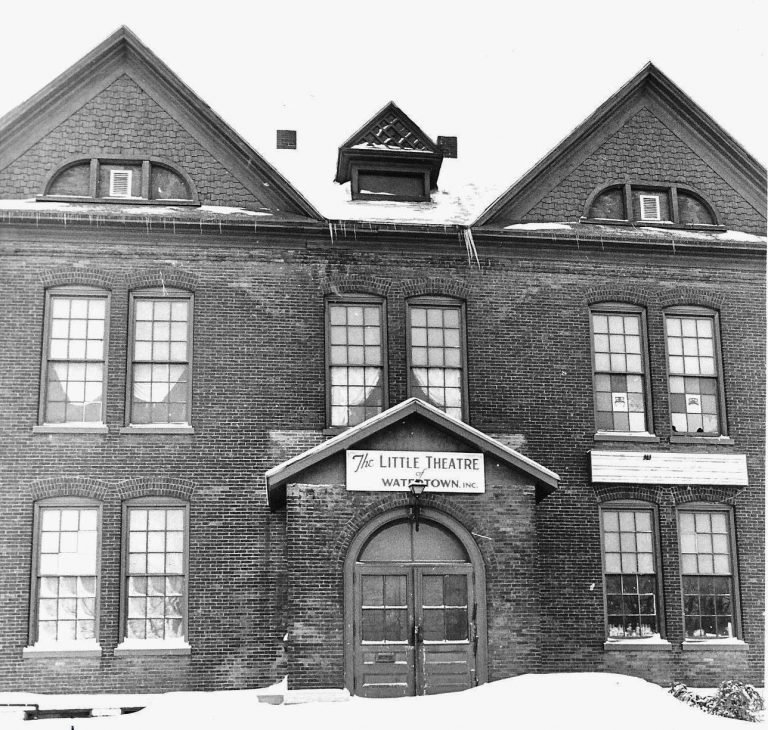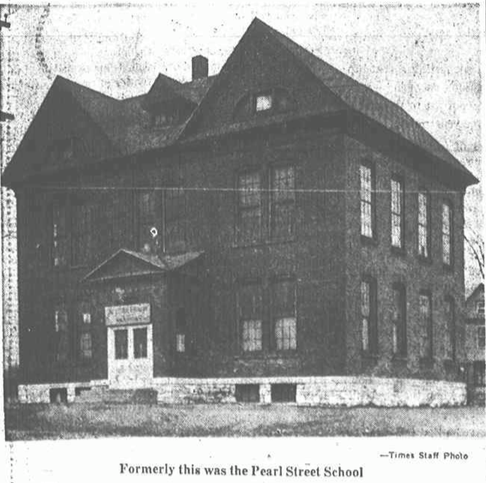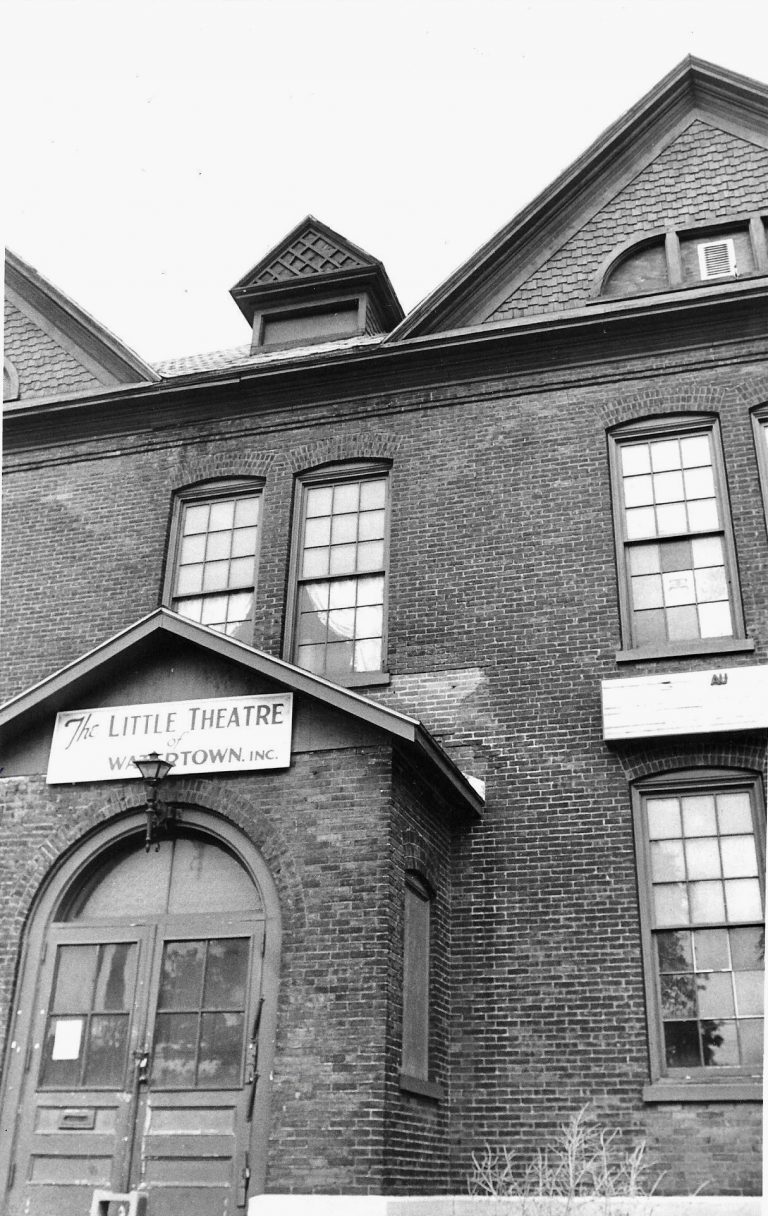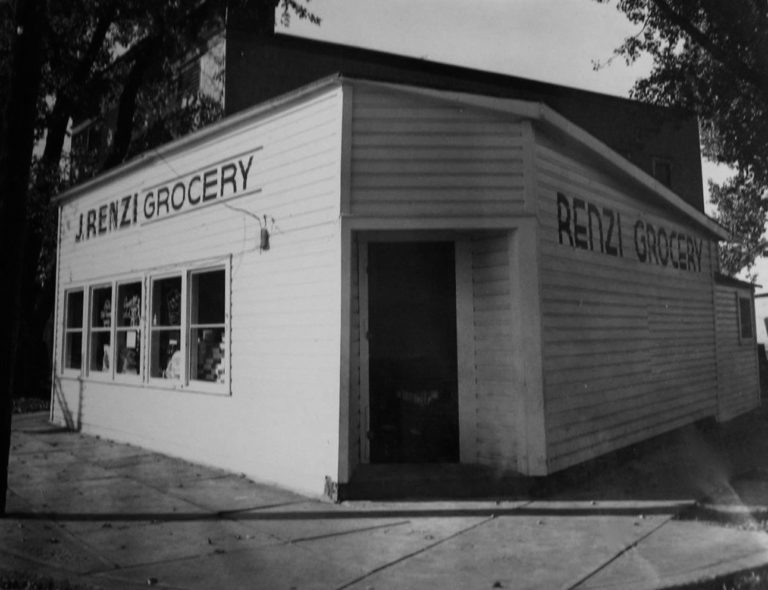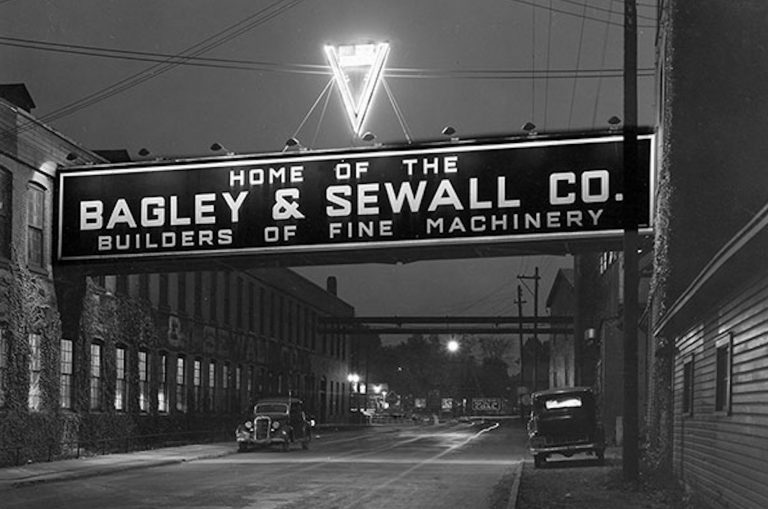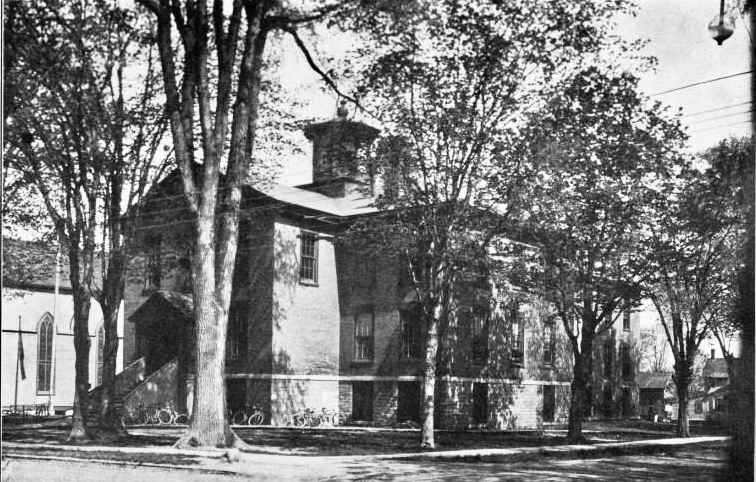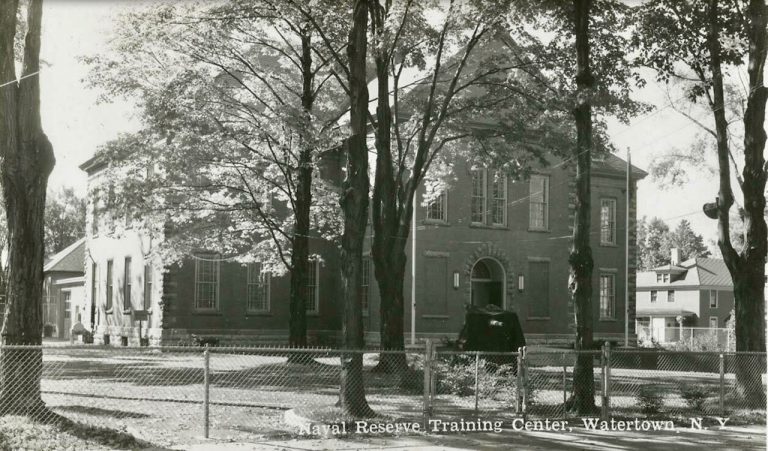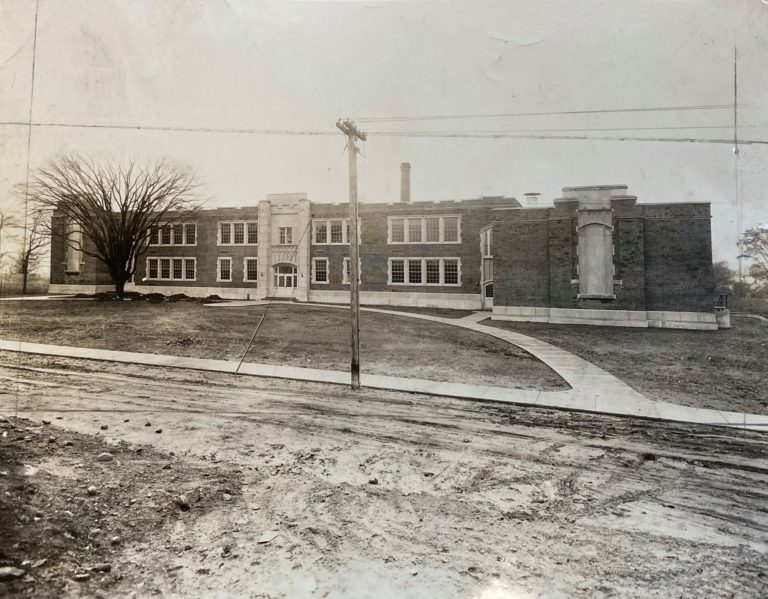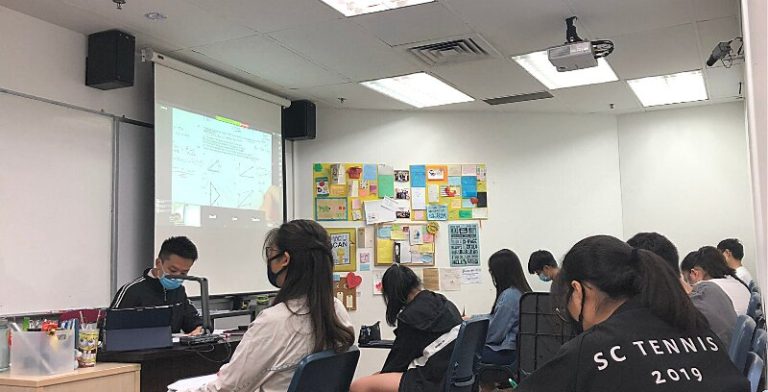Watertown’s North Side Growth Spurs The Construction Of A New Pearl Street School In 1888
A common theme amongst the North Side in Watertown in the late 1800’s was growth. The original Pearl Street School would fall into disuse as far as educational purposes were concerned, leaving the school board to recommend another new structure. As reported by the Watertown Daily Times on September 1, 1888, superintendent Seymour stated–
The time has come, it seems to us, when some special attention should be given to this district. The present school-house is entirely unfit for school purposes, and the lot is no better. This portion of the city is growing very rapidly, and it is certainly true that a good school as can be procured at a more reasonable-figure than will be come a year or two from now.

In his yearly report for that same year, Seymour would also state, as published in the Times–
Even if the new Pearl Street School building will have five grades, I would recommend that it take not only the pupils residing in that district, but also those in the Lamon Street district nearest the river. Something must be done to relieve the primary department of this school.
Such was the state of the Watertown City School District in the late 1800s: before a new building is even completed, figure out how best to maximize, if not outright overload it, in order to relieve another section of the city in what would become an almost unbelievable lack of foresight and shuffling over the next thirty years.
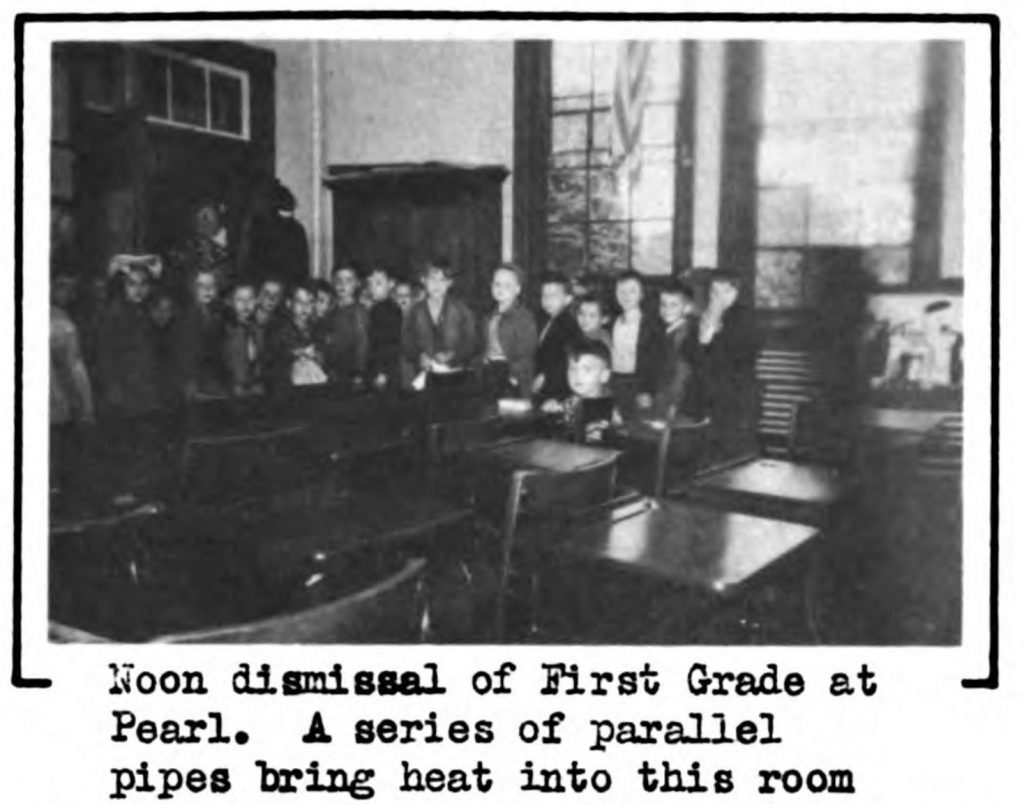
The previous Pearl Street School property, along with that of Cooper Street School, were built when the locations were part of the town of Pamelia. The old schoolhouse, located in what was then called Juhelville, was the second structure east of Water Street. Very little information could be find on this, perhaps partly because older maps dating back to at least 1864 showed it to be named Factory Street which would explain the name of Factory Street Bridge. The old schoolhouse would be sold for $200 to Joseph LaGrow of 10 Water Street by the school district a year or after the new one opened.
The new Pearl Street School would open on February 4th, 1889, housing five grades and 84 students: one principal for the two higher grades, Miss Dawson, oversaw 35 “scholars” and Miss Hemenway teaching first, second and third grades with 49 in attendance.
Can you guess what happened the following year?
The Times would report on October of 1890—
The enrollment at this school was larger than the previous year by seventeen scholars, while the average attendance was greater by nine. In fact, the three lower grades numbered so many in the spring term, nearly one hundred, that it was impossible for one teacher to give them proper attention, and moreover, as it was necessary for the third grade to sit in the principal’s room, the passing from room to room caused no little disturbance.
It was therefore deemed advisable to take out the 5th grade entirely, sending the scholars to Cooper Street or Lamon Street. The principal then took the fourth and third grades, and the other teacher the second and first.
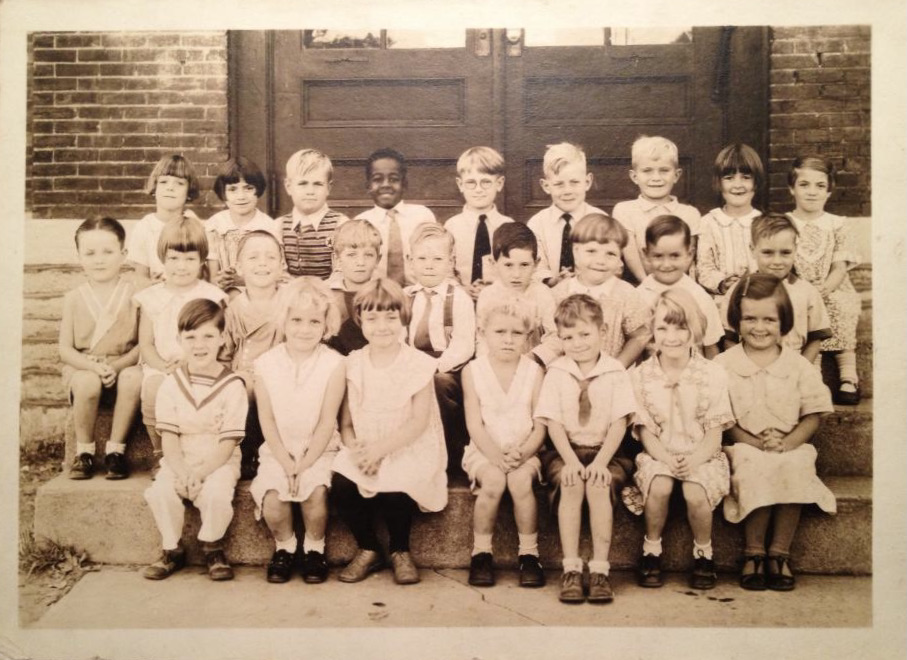
In 1891, it was noted 120 students needed to cross the bridges daily to attend Arsenal and Lamon Street Schools. This was because of insufficient school accommodations on the north side, of which the Pearl Street School was waiting for two upper rooms to be finished… going on two years after the building first opened.
The superintendent would ultimately recommend that a new, six-grade school be built in the Bradley Street district at once. The result of this would be the Mead Street School, modeled after the Pearl Street School, which opened in 1894.
Despite the growing problems, the school district’s grades as a whole would far outrank the state’s average shortly after the turn of the century. In 1903, the high school students would average a 91% on the regents and a 95% for grammar grades vs a state average of only 70%.
That same year, then superintendent Tisdale would recommend the sale of the Pearl Street School and a new 8 to 12 room building erected to accommodate the expected increase of students due to the New York Air Brake constructing a new plant across the street. This was coming at a time when a new High School on Sterling Street was in well into the planning and construction stages.
Mr. Tisdale would report of the then barely 12-year old Pearl Street School–
I have carefully examined the Pearl Street School building and find that its enlargement is not practicable. This building is poorly ventilated; the heating system is worn out; the school is not well located.
I would respectfully recommend that the Pearl Street School building be sold and an eight or 12-room building be built on a site which will accommodate both the pupils now in the Pearl Street School and the pupils from the section about to be built up.
This school can be so located as to keep the number in the Cooper Street School near the present enrollment. If such a school is built, it should be of at least eight rooms and be built on a plan by which the school can, if necessary, be enlarged to 20 rooms.
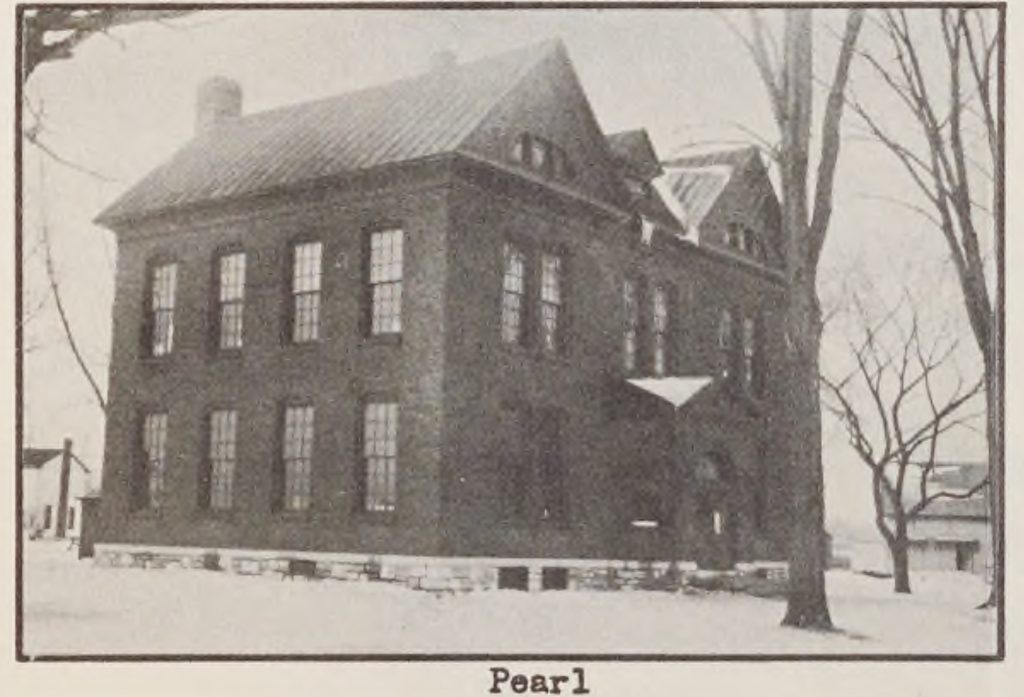
When brought up to the common council in 1903, the notion of another new building on the north side was struck down by some. As reported in the Times–
Alderman Dodds became vehement and declaimed against the idea of building another school house on a vacant lot on the North Side, for which he declared four times its value had been paid, while at the same time there were schools on the south side unfit for use.
He said that there was no need of another school house in “the wilderness” and the people would not vote for it. He claimed that the Pearl Street School house has only about 75 pupils, while it can hold 200. No need exists of another building there.
This Alderman Webb emphatically disputed. There was a heated dispute for a time and Alderman Wallace moved to table the resolution, Alderman Dodd seconding.
The following year, 1904, the Lansing Street School would be built on the apparent edge of civilization in a preemptive attempt to alleviate the future overcrowding at Pearl Street School that was soon expected. The later school audits performed in the 1920s and 1940s would find Pearl Street School to have a capacity of 120 students, but in those instances its enrollment never topped 100.
By the early 1950’s, the board of education would be in the midst of planning new schools right down the road on Starbuck Ave and a new school to replace Mead Street’s structure. A year after Starbuck school opened in 1952, the board would sell the Pearl Street School to the Little Theater who would occupy it for occasional rehearsals for a few decades.
The building, as of 2022, still stands prominently on the corner of Pearl and East Main Streets, across from the New York Air Brake. In recent years, it had been occupied by a local Re/Max Real Estate Agency and is currently home to Northern Optics Family Eye Care. Starbuck School remains open and the former North Junior High School, a block down East Hoard, was long converted into the second elementary school 0n the street.
